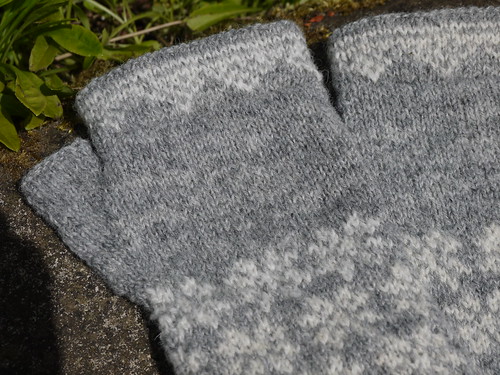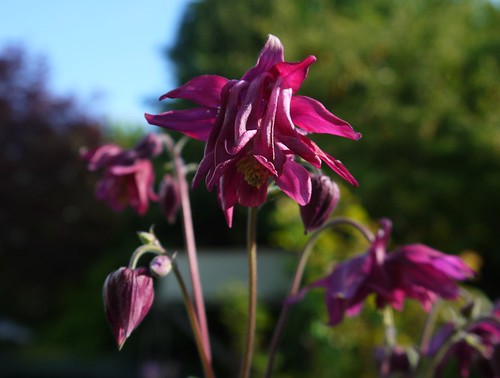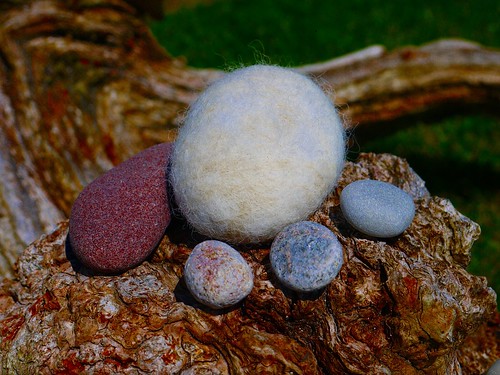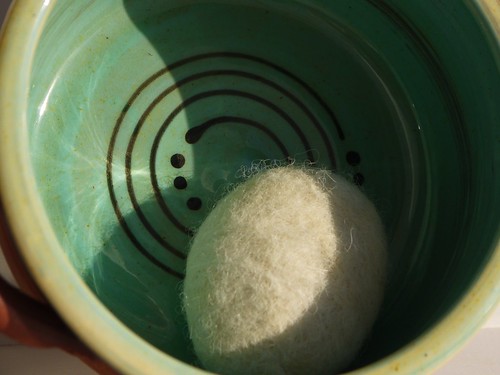
The fabric I've used here is some I dug out of a pile I bought ages ago - the beautiful mermaids are an organic print from Birch fabrics, and the solid blue is a Kaffe Fassett (no idea what the colour's called) that matches the mermaid's tail exactly.
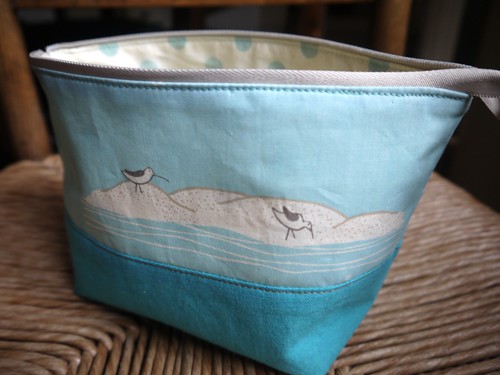
On the back I've used another part of the print, with some wading birds feeding on a sand bar. I really, really like this fabric - it's quirky but reflects nature (...cos do mermaids exist or not? What do you think?).
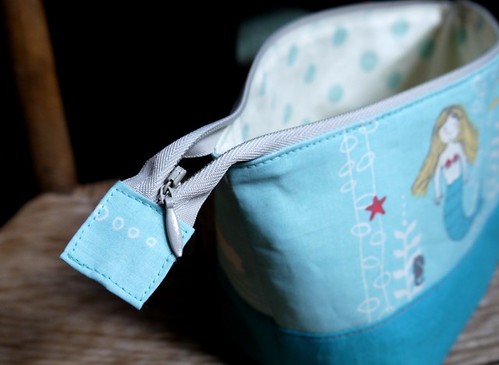
I've used an invisible zip here, but not sewn it in "invisibly". I just like the neat look when it's closed, and the little tiny zip pull. If you don't know Noodlehead's blog, do have a look (Noodlehead), she has a great selection of tutorials with clear instructions. If you try this pouch, make sure you buy a plenty long enough zip for the size you're making, as it makes all the difference being able to pull the zip right past the end of the pouch.
 Bye for now x
Bye for now x




